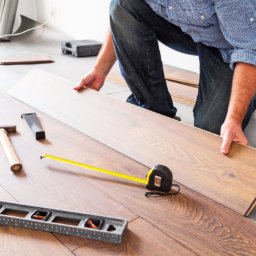How to Properly Dispose of Demolition Debris
Construction and demolition debris isn’t your typical everyday waste that could simply be tossed in the trash. When doing a renovation, you’re going to have an abundance of debris that will need to be disposed of differently. Before you begin ripping out any cabinets, walls and floors you’ll need to learn how to properly dispose of your demolitions debris.
Below we’ll discuss how to handle your debris and properly dispose of it:
What Qualifies as Demolition Debris?
Some of the most common types of demolition debris include:
- Concrete
- Bricks
- Wood
- Plaster
- Drywall
- Metal
- Plumbing fixtures
- Insulation (non-asbestos)
- Roofing materials
- Glass
- Wiring
- Rock
- Soil
How Should I Handle My Debris?
Landfills all over the country are becoming clogged with waste, it’s becoming crucial to our environment to divert construction and demolition debris from the landfills whenever possible. It’s important to do what you can to find alternative routes, reusing salvageable materials, donating, and recycling are some of the most efficient options.
Of course, this should go without saying but you should never illegally dump any kind of debris, especially constriction or demolition debris. Illegal dumping can be a misdemeanor or a felony, depending on the state and on a number of other factors. Penalties include; incarceration, fines, probation, community service, and restitution.
Renting a Dumpster
If you’re unable to reduce, reuse, or recycle your debris then you’ll need a dumpster. Contacting a reliable dumpster rental provider is very important if you want your project to stay on schedule and on budget. Remember when placing your order, be sure to tell the company exactly what is going into the container. Debris that is mixed will cost more than a clean load, as about their over tonnage pricing and what materials are not allowed inside the dumpster itself.


